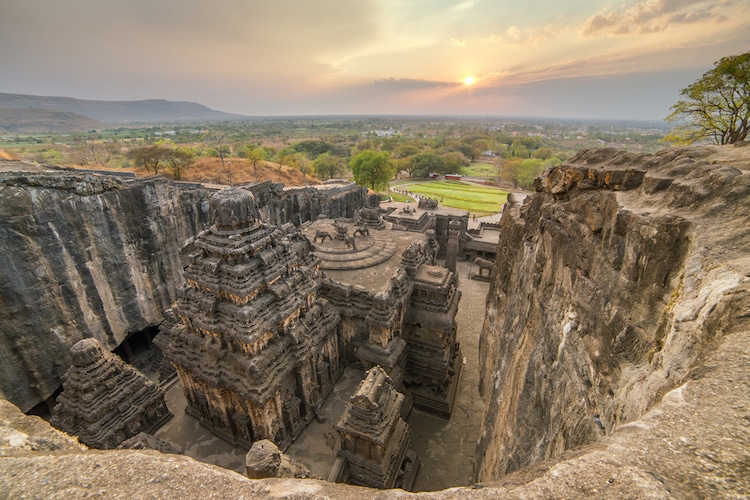
India is home to a wide variety of caves, some man-made and some natural. These caves were used by Jains and Buddhists for residential and religious purposes. An archaeological survey of India found many ancient caves. These caves are decorated with old paintings, and you can spend quality time with friends and family. History buffs can explore the ancient history of the architectural value of these caves. The top 10 must visit caves in India are listed below:
1. Ajanta and Ellora Caves, Maharashtra
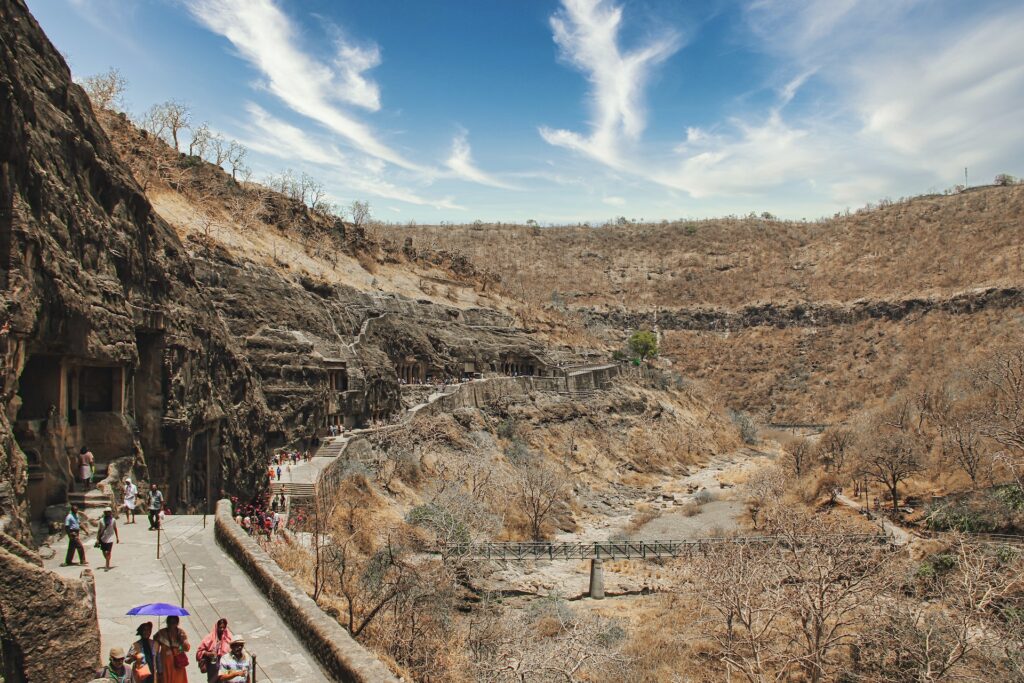
These caves are located on a hillside in Jalgaon, Maharashtra, and are famous for their unique art and sculpture. Ajanta and Ellora Caves were developed from the 2nd century BC to the 6th century AD and are included in the UNESCO World Heritage Centre.
These caves show the evolution of art from antiquity to the present. Buddhist architecture can be observed richly in these caves. June to March is a pleasant time to explore the history of this area. As you visit these caves, you will observe intricate paintings, ancient monasteries, and worship halls.
Entry Fee:
- INR 40 cash and INR 35 online per person for Indians
- INR 600 in cash and INR 550 online per person for foreign tourists
Visiting Hours:
- Wednesday to Monday: 6:00 a.m.–6:00 p.m.
- Tuesday: Closed/Holiday
2. Elephanta Caves, Mumbai

The caves are on Elephanta Island, 10 km from Mumbai on the southeast coast. By ferry from Mumbai, accessibility to these caves is easily possible. The primary figure in these caves was thought to be an elephant; therefore, they are famous as elephant caves.
These rock-cut caverns are well-known for their beautiful sculptures and wall carvings that depict Buddhist and Hindu concepts of worship and the construction of temples using rock-cut techniques atop hills.
This island is home to the best examples of Indian art. November through March is the perfect time of year to celebrate the artistic splendor and historical significance of these caverns.
Entry Fee:
- INR 40 per person for Indians
- INR 600 per person for foreign tourists
Visiting Hours:
- Tuesday to Sunday: 9:30 a.m.–5:00 p.m.
- Monday: Closed/Holiday
3. Badami Cave Temples, Karnataka

Badami caves are found in the central part of Karnataka, India. The architectural style of these caves is a beautiful blend of north Indian and south Indian styles. The temples on shelters are dedicated to Hindu gods. The first temple in the cave is dedicated to Lord Shiva. This monument is famous for having paintings depicting animals and human figures. Badami railway station is the nearest location to get access to Badami caves. People can also travel by bus or by air. The area is a habitat for monkeys, so don’t feed the animals, as it can make them aggressive, and they can snatch food from children.
Entry Fee:
- INR 25 per person for Indians
- INR 600 per person for foreign tourists
Visiting Hours:
- Monday to Sunday: 9:00 a.m.–5:30 p.m.
4. Borra Caves, Andhra Pradesh
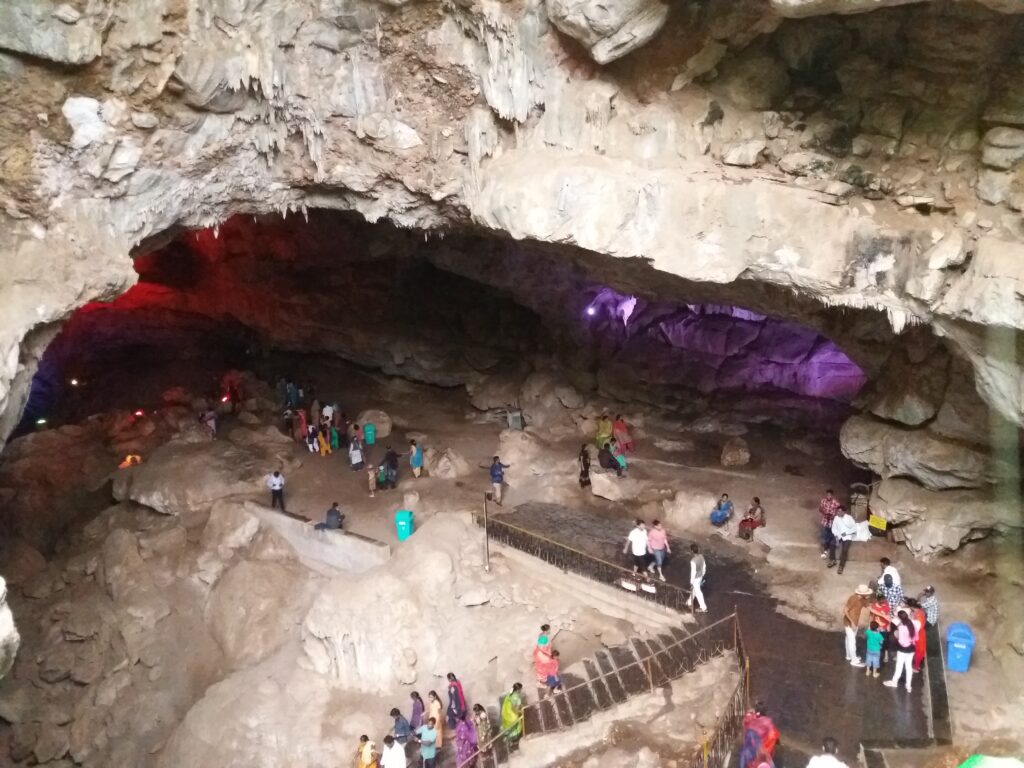
These historic caves are located in the Ananthagiri Hills range in Andhra Pradesh, India. The caves are well connected by railway, bus, and air connectivity. Walking tours of these monuments present a beautiful mountain view, rich in flora and fauna.
November and December are ideal months to enjoy the artistic beauty of these caves. These caves are made of karstic limestone and are considered the deepest caves in India, with an 80-meter depth. This destination was discovered by British geologists in 1807 and is expected to have 150 million ancient caves.
Entry Fee:
- INR 60 per person for adults
- INR 45 per person for children
- INR 25 for a phone camera
- INR 100 for a digital or still camera
- INR 100 for a video camera
Visiting Hours:
- Monday to Sunday: 10:00 a.m.–5:00 p.m.
Get tickets online from Yatra.com.
5. Karla Caves, Maharashtra

The uniqueness of these caves lies in Chaitya Hall, the largest hall used for worship and prayer. The beautiful paintings and sculptures of Buddhist deities are installed inside the caves. The pictures are executed in red and white; yellow and green are used occasionally. These paintings portray the way of life of cave dwellers.
Scenes of childbirth, communal dancing and drinking, religious rituals, and culture are expressed through these paintings. You can reach Karla Caves by public transport to Lonavala Hill Station. Lonavala offers regular taxi services in Maharashtra.
Entry Fee:
- INR 15 per person for Indians
- INR 300 per person for foreign tourists
Visiting hours:
- Monday to Sunday: 9:00 a.m.–5:00 p.m.
Get tickets online from Yatra.com.
6. Bhaja Caves, Maharashtra

Bhaja Caves are situated 15 km from Lonavala. The opening hours for these caves are 8 a.m. to 6 p.m. These caves have similarities with Karla caves in art and architectural style. These caves present the historical importance of the Indian percussion instrument, the tabla.
As in a painting, a woman plays the instrument, and the other is dancing to music. A beautiful seasonal waterfall is also a fabulous point to visit in these caves. Fourteen stupas are the most prominent feature in caves, used as a residential place for monks. 3 to 4 hours are enough to explore these caves.
The caves present ancient Indian architecture, and the lush greenery around the caves makes this place a hub of beauty.
Entry Fee:
- INR 5 per person for Indians
- INR 100 per person for foreign tourists
Visiting Hours:
- Monday to Sunday: 8:00 a.m.–6:00 p.m.
Get tickets online from Yatra.com.
7. Bedse Caves, Maharashtra

Bedse Caves are also a group of Buddhist rock-cut monuments. These caves are situated in Pune District, Maharashtra. You can reach these caves with a hike of 400 steps. The best time to visit these caves is the rainy season because, in this season, the surrounding hills are filled with lush greenery and present a picturesque view of the caves.
These historical monuments were built in the 1st century BC. Bedse are manufactured caves constructed by Ashoka, the emperor of India, from 269 BC to 232 BC as the main caves were developed towards the east; an early morning visit will enable you to explore the beauty of the cave to its full due to the light of sunshine.
Entry Fee: Free
Visiting Hours:
- Monday to Sunday: 8:00 a.m.–6:30 p.m.
Get tickets online from Yatra.com.
8. Lenyadri Caves, Maharashtra
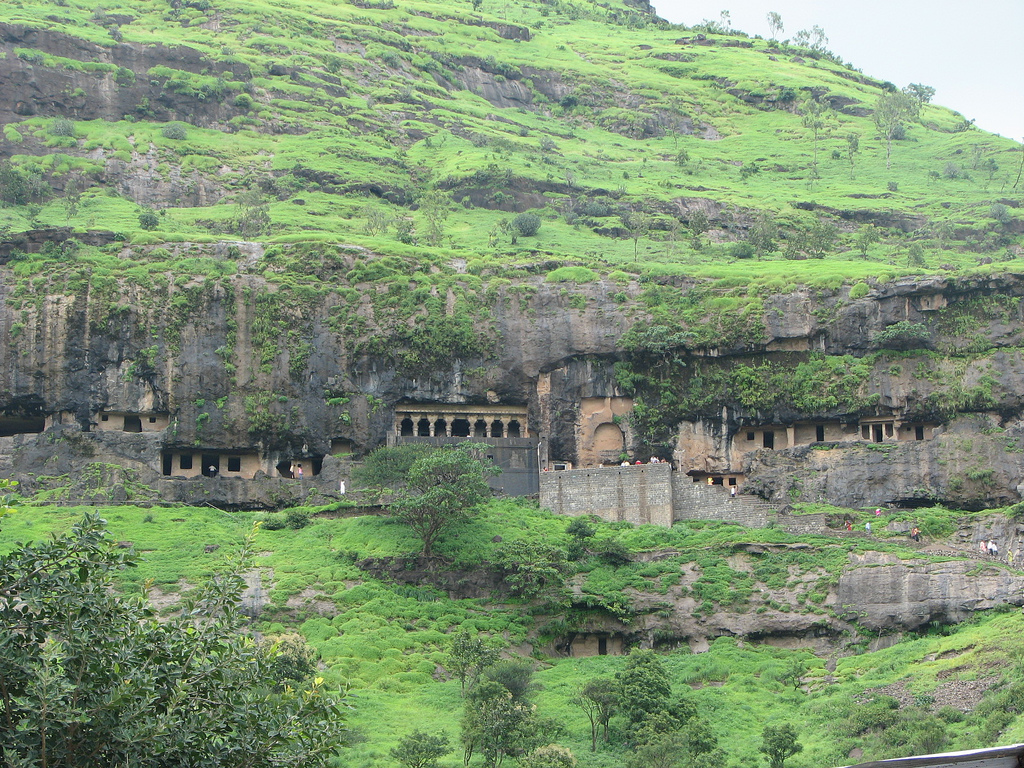
Lenyadri Caves, known as Ganesa Lena, are in North Junar in Pune District. These are the largest number of caves situated in one place in the county. Around 200 caves are there in one hill series. These caves are similar in architecture to the Ellora Caves.
The temple of Ganesa is considered the birthplace of Lord Ganesh, and it is described that Goddess Parvati spent 12 years in meditation for the birth of her son in these caves. The pillars of caves are made in an octagonal shape and amaze visitors with their magnificent construction style. August and September are the ideal months to visit the caves.
Entry Fee:
- INR 10 per person for Indians
Visiting Hours:
- Monday to Sunday: 8:00 a.m.–6:00 p.m.
Get tickets online from Yatra.com.
9. Aurangabad Caves, Maharashtra

Aurangabad Caves are also worth visiting, but they are less known than Ellora Caves. These monuments are closed on Mondays and open on other weekdays from 9 a.m. to 5 p.m. Prominent viharas are made in caves used as residential cells by Buddhist monks. These caves are the smallest in size and number; only 12 shelters are included in this series. This place is wonderful for history buffs and presents an outstanding outing.
Ancient sculptures in caves are dedicated to deities who spend their time in meditation in these caves. Always visit these caves with a guide to explore the history and wear comfortable footwear, as you must climb steep hills.
Entry Fee:
- INR 10 per person for Indians
- INR 100 per person for foreign tourists
Visiting Hours:
- Monday to Sunday: 9:00 a.m.–5:00 p.m.
Get tickets online from Yatra.com.
10. Mawsmai Cave, Meghalaya
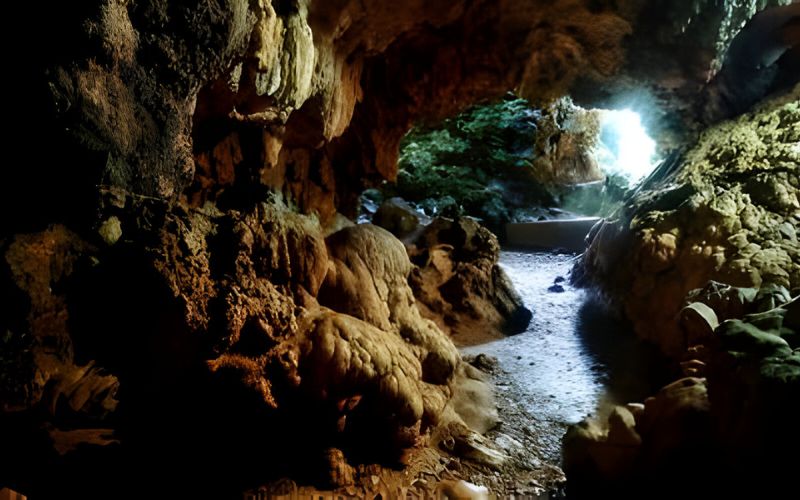
Mawsmai Cave in Meghalaya is also known as Krem Mawsmai to the locals. The characteristic that makes caves distinguishable from others is having fossils in them. The approaching trek to the cave is also attractive; it is a short walk from a wooded area, and the sounds of chirping birds and cracking insects will catch your attention.
After visiting the cave, many visitors sit down to relax in these forests. A stop at Mawkdok is also well known for spectacular views, and zip line activity is available at this stop for tourists. The cave is so small that you must pass by, squeezing and crawling in some places. This beautiful cave will be a memorable trip for you.
Photography is allowed in the cave, so don’t forget to have a camera with you to capture the beauty of this astonishing place.
Entry Fee:
- Adult: INR 20 per person.
- Children below 10 years: INR 5 per child
Visiting Hours:
- Monday to Sunday: 9:00 a.m.–5:30 a.m.
Final Analysis
This guide highlights the diversity and beauty of the top 10 must visit caves in India. If you want to plan your trip, this guide will help you finalize your desired destination. Explore the historic importance and magnificent old rock-cut architectural style of India.
Before going to your planned place, pack all your essential accessories, like a camera, sunglasses, sun cream, and basic medication, in your backpack.
Follow the guidelines provided by the tour guides to make your trip memorable and enjoyable. So, book your tickets and explore your forefathers’ culture and historical backgrounds.
Stay tuned for more adventure guides from Salam Travellers.



